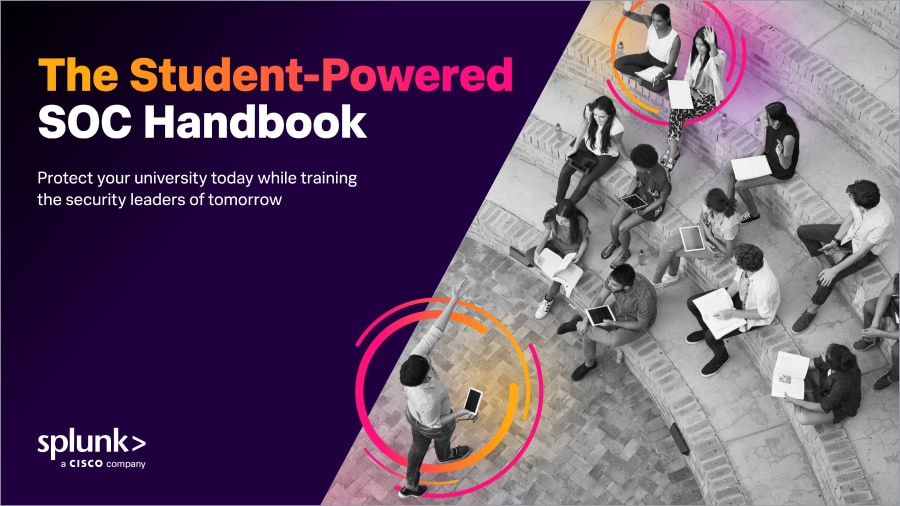Why the Talent Pipeline Is About to Get Even Smaller — and What Effective Tech Leaders Can Do About It

Over the last 10 years, the workforce has changed enormously. Around 10% more women have jobs now, compared to a decade ago. Forty-one percent of full-time employees today in the U.S. work remotely or in a hybrid setup now, whereas before the pandemic, no more than 5% of American workers were remote for more than three days per week. And we’re only just starting to see how AI will transform the labor market. But what hiring managers and tech leaders should also take note of is the decrease in the U.S. population under 18 since 2007. In general, there are fewer 18-25-year-olds and fewer college-ready students in our population. The result? A downward trend in college enrollments. Fewer college graduates mean fewer candidates with the correct skill set and traditional education for entry- and mid-level positions that need filling. Fewer potential software engineers, security analysts and system admins to help keep digital services running, protect citizen data and manage organizational growth – which all make IT leaders’ jobs even more challenging. Here are a few ways that savvy leaders can make smart hires with a shrinking talent pool, whether in the public or private sector.
1. Forge meaningful alliances with academic institutions
It’s more common now for colleges and universities to offer programs teaching job skills that coincide with a student’s educational goals. Nursing programs, for example, have always had hands-on training so that graduating students were well prepared for their roles. But now we’re seeing this integrated into technology degrees as well through training and internship programs. Forming an alliance with a local college or university can aid these programs, promote skill growth for potential graduates and allow organizations to fill some of the gaps that may exist on their teams. Everyone wins. Students graduate with real work experience and skills in addition to their college education. Colleges and universities have better recruitment and potential student retention as a result of more comprehensive degree programs, and organizations needing assistance get a continued source of potential employees.
2. Lean on learners in your security operations center (SOC)
Organizations spend millions of dollars on software to secure their environments but often fall short in the number of people or the skill sets needed to support their systems. Setting up a SOC within your organization may sound daunting, but when a partnership already exists with a college or university, more experienced employees can oversee the SOC, but monitoring and reporting tasks can be done by those who are learning new skills as part of their education. (For example, schools like Cal Poly and Louisiana State University have their own student-run SOCs, which benefit the students and the schools themselves.)
Companies selling software solutions will often have training programs for these types of initiatives. Employees who have such opportunities early in their careers may come back when they have more experience and can offer a greater skill set to your organization.
3. Hire certified — but not necessarily degreed — applicants
In the past, many technology roles have required college degrees for hiring. There are already not enough graduates with appropriate skills to fill some IT roles, and that issue will only get worse as the college-ready population itself dwindles. To address the problem, some states have changed their hiring practices to entice candidates with the right skills, but without college degrees. In May, Virginia governor Glenn Youngkin joined governors from nine other states — including Pennsylvania, Utah, Colorado, Alaska, North Carolina and New Jersey — in eliminating college degree requirements (or preferences for college degrees) for almost 90% of state classified positions, many of them within IT. Such efforts partially address the short- and long-term issues facing a declining workforce, impacting thousands of roles.
Future leaders for a changing world
COVID-19 was only one of the many recent factors that contributed to an undeniably shifting labor landscape. Trends that were already shaping the future workforce sped up, and leaders need to be agile to adapt and respond. Over the next several years, we'll continue to see a shrinking workforce while facing a corresponding demand for higher service levels. To stay resilient, leaders must use the tools they have to make their organizations efficient and effective — even if they might be a bit outside the box.
Related Articles
About Splunk
The world’s leading organizations rely on Splunk, a Cisco company, to continuously strengthen digital resilience with our unified security and observability platform, powered by industry-leading AI.
Our customers trust Splunk’s award-winning security and observability solutions to secure and improve the reliability of their complex digital environments, at any scale.


